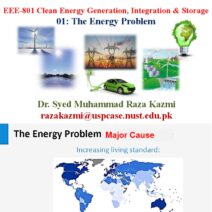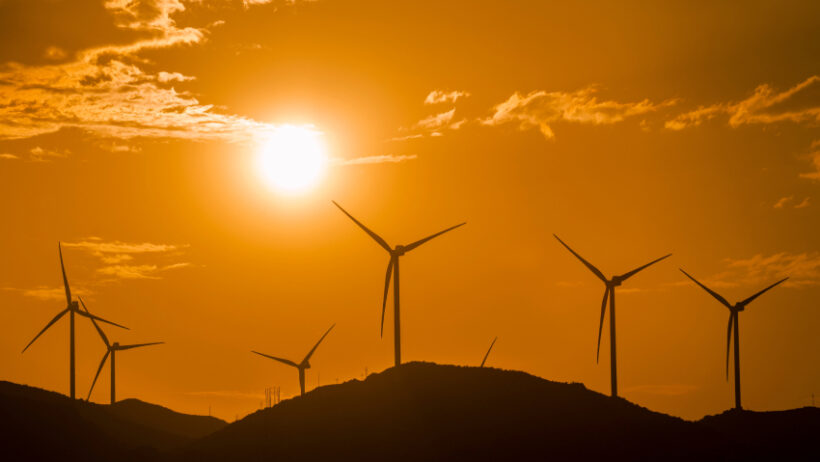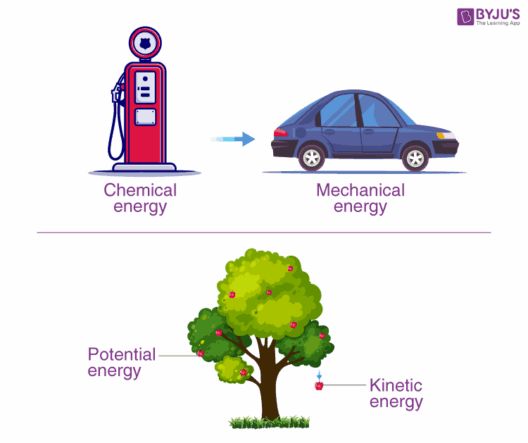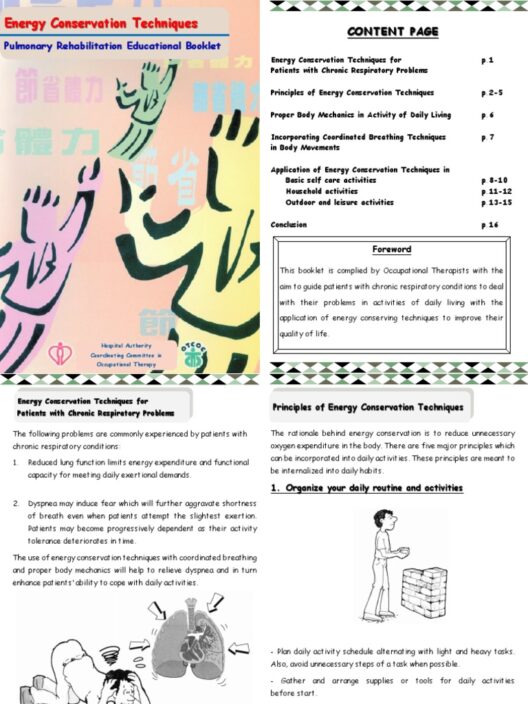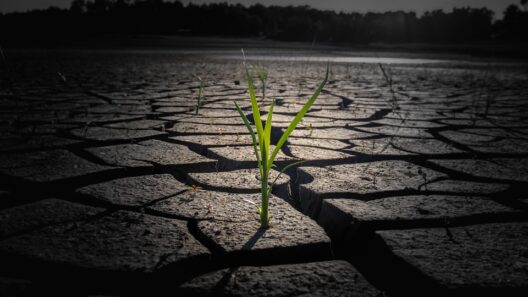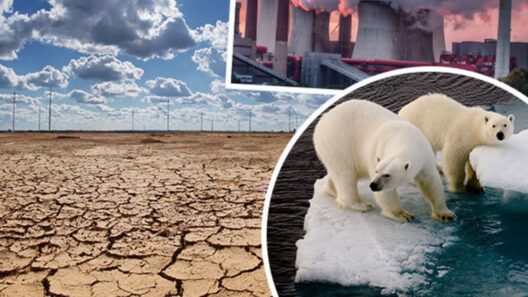As we traverse the intricate tapestry of Earth’s atmosphere, one finds that wind patterns play a pivotal role in shaping climate dynamics. These unseen currents, often taken for granted as mere changes in the breeze, are fundamentally intertwined with the overarching narrative of climate change. Recent observations suggest a disturbing trend: the shifting wind patterns are not just alterations in the natural order; they signify a profound metamorphosis in the very fabric of our climate system. This inquiry into the quandary of shifting wind patterns unveils the symbiotic relationship between atmospheric currents and climate change, evoking a surge of urgency within the environmental discourse.
The phenomenon of wind formation arises from the uneven heating of the Earth by the sun. As solar radiation strikes different surfaces, it causes variances in temperature that generate pressure differentials. Wind emerges as a result of these differences, moving from high-pressure areas to low-pressure zones. However, as anthropogenic factors continue to escalate – from greenhouse gas emissions to changes in land use – these intricate systems are evolving. The once reliable patterns of wind are now undergoing an unsettling transformation.
One of the most significant implications of climate change is the alteration of prevailing wind patterns. Historically, trade winds and westerlies have dictated the climate of diverse regions, influencing everything from ocean currents to precipitation patterns. Yet, studies demonstrate that these winds are shifting, influenced by rising global temperatures and changes in sea surface temperatures. The implications of these shifts are manifold, affecting agriculture, natural ecosystems, and even human health.
For instance, the alteration of the jet stream, a fast-flowing air current that influences weather patterns, has been increasingly under scrutiny. The jet stream can be visualized as a meandering river of air, its course dictated by temperature gradients. As the poles warm faster than the equator, the delicate balance that maintains the jet stream’s strength has been disrupted. This fracturing has led to more pronounced “wiggles” in the stream, resulting in prolonged weather patterns: droughts in some regions, while others experience unprecedented rainfall. This phenomenon serves as a stark reminder of how interconnected our climate systems are, each element intricately reliant on the others.
Moreover, these shifts are not isolated. They ripple through ecosystems, much like a pebble disturbs the tranquil surface of a pond. Birds, marine species, and flora depend heavily on stable wind patterns for migration, pollination, and dispersal. As these patterns shift, so too do the behaviors of these organisms. For example, migratory birds may arrive at their breeding grounds at suboptimal times, leading to mismatches in food availability. This can disrupt entire ecosystems, cascading through trophic levels and altering the balance of nature itself.
Climate change’s influence on wind patterns further exacerbates existing vulnerabilities within human systems. Coastal communities are particularly susceptible to such changes. Changes in wind currents can intensify storm activities, resulting in more severe hurricanes or typhoons, leading to catastrophic impacts on infrastructure and human life. The increased frequency and severity of such events require us to rethink resilience strategies, as communities grapple with the tangible consequences of climate-induced shifts in wind behavior.
Furthermore, understanding these shifts is crucial for effective agricultural practices. Farmers rely on wind patterns not only for irrigation strategies but also for pollination and pest control. Disruptions in these patterns can lead to reduced crop yields and heightened food insecurity, particularly in regions already battling the consequences of climate change. Innovative agricultural practices that take into account shifting wind patterns will be essential in ensuring food security in a changing climate.
While these challenges may seem daunting, they are not insurmountable. Adaptation and mitigation strategies can be developed that acknowledge the new realities dictated by climate change. Understanding and predicting shifts in wind patterns may equip us with the tools needed to navigate an uncertain future. For instance, enhancing our climate models to include the complexities of atmospheric changes can help us develop more effective early warning systems for extreme weather events.
Additionally, investing in renewable energy technologies, such as wind energy, can harness the very changes we are experiencing. By transforming shifting wind patterns into a source of clean energy, we can mitigate some of the adverse effects associated with climate change. The transition to wind power represents a unique duality – it capitalizes on changing wind dynamics while simultaneously addressing the root causes of climate change.
In conclusion, the shifting of wind patterns due to climate change serves as a clarion call for immediate action. The intricate relationships within our climate systems are unraveling at an alarming rate, demanding a comprehensive understanding and proactive strategies. By recognizing the significance of wind as a central player in the climate narrative, humanity can strive toward solutions that not only tackle the present challenges but also forge a resilient future. The path forward lies in a symbiotic relationship with our environment, one that acknowledges and adapts to the ceaseless dance of the winds.


